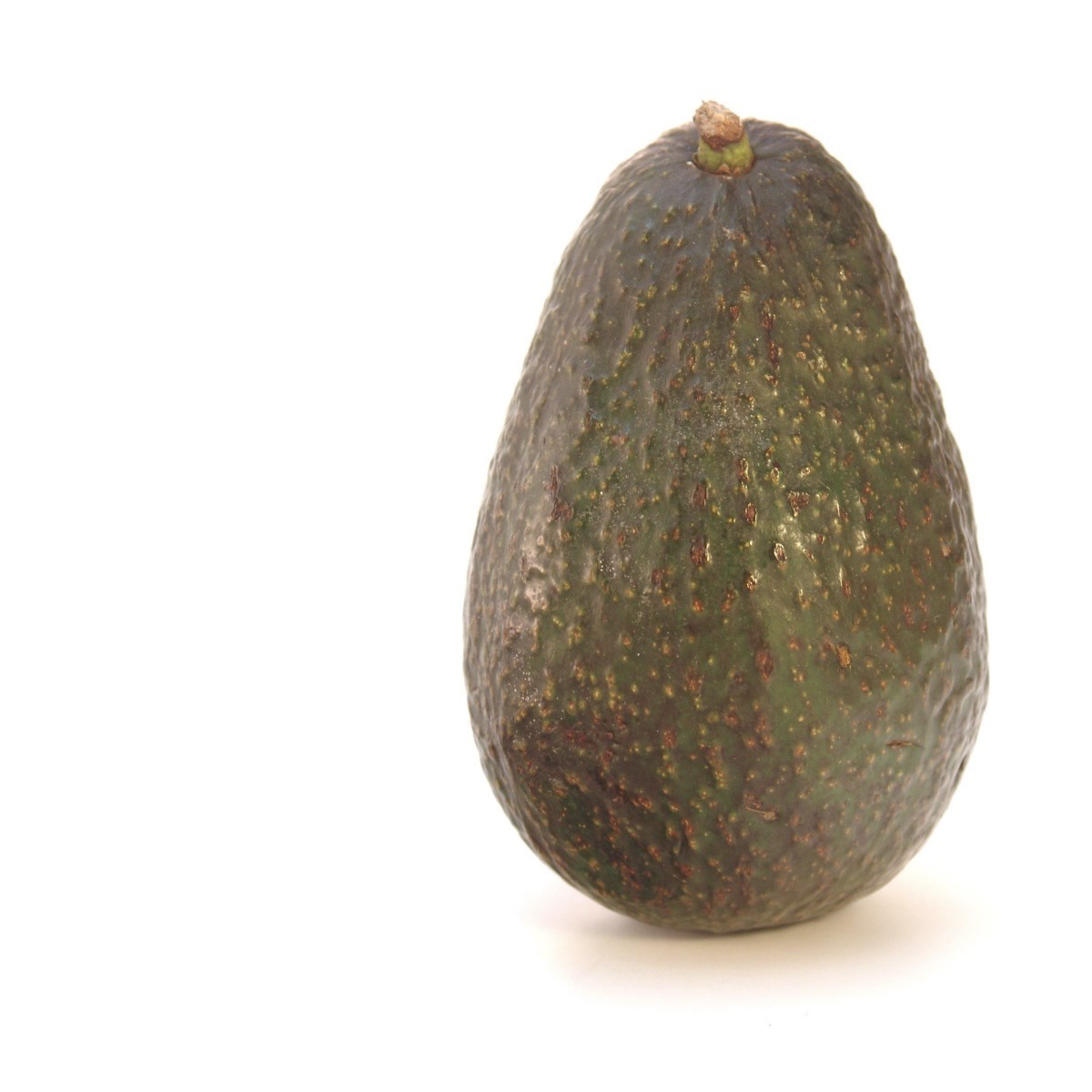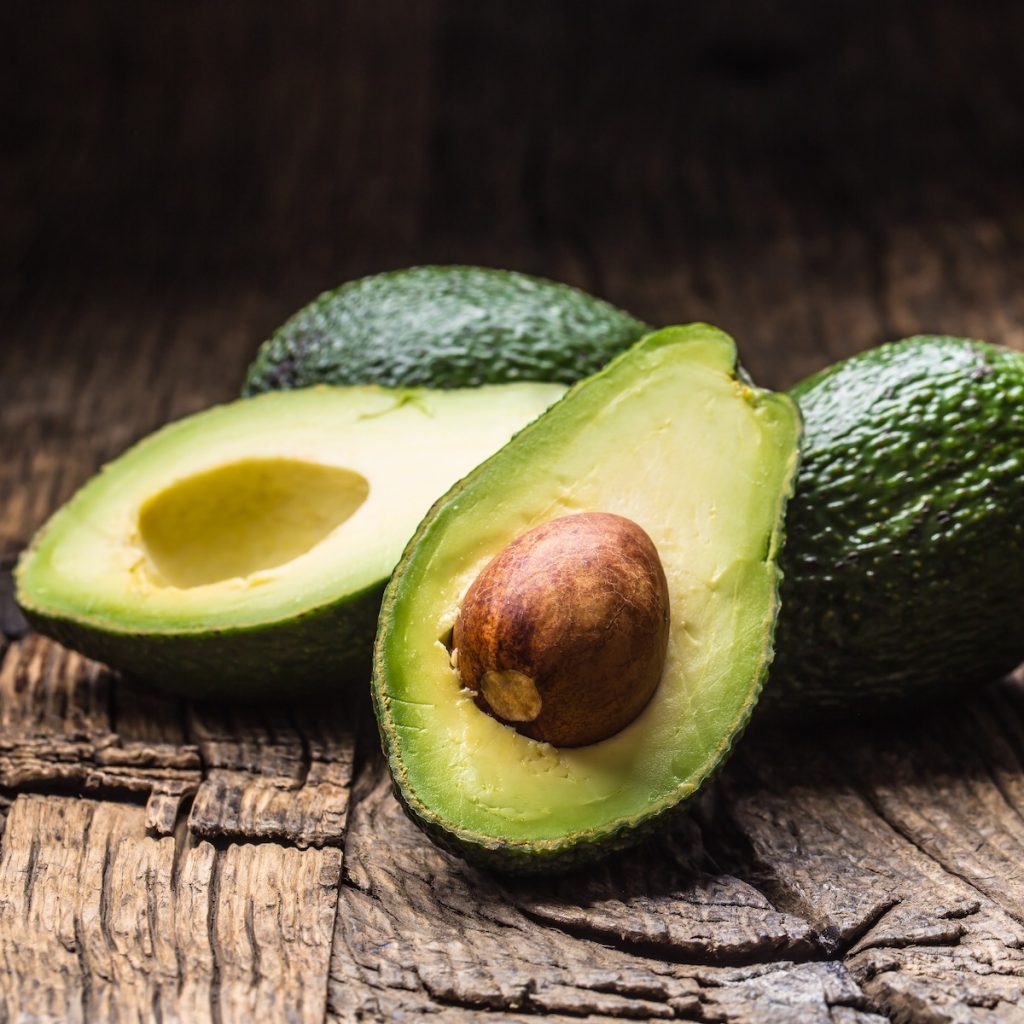Everything You Need To Know About Avocados
We are just back from a trip from Puerto Vallarta and enjoyed some version of avocado with most meals. At home, avocados are always on the counter in a bowl ripening for breakfast or lunch.
A fruit widely known for its creamy texture and unique taste has become increasingly popular. It is a delicious ingredient in many dishes and a nutritious food with numerous health benefits. This article will explore everything you need to know about avocados, from their origins to their culinary uses and health benefits.
Origins of Avocado
Avocados are native to Mexico and Central America and have been cultivated for over 10,000 years. The first recorded evidence of avocado cultivation dates back to 5,000 BCE in the Tehuacan Valley, in Mexico’s present-day Puebla and Oaxaca states.
The Aztecs referred to avocado as “ahuacatl,” which means testicle, due to its shape. They believed the fruit had aphrodisiac properties and used it as food and medicine.
Spanish explorers brought avocados to Europe in the 16th century, and from there, they spread to other parts of the world. Today, avocados are grown in many countries, including the United States, Peru, Chile, and South Africa.
Types

There are several types of avocados, each with its unique characteristics. The most common types of avocado are Hass, Fuerte, Bacon, and Zutano.
Hass is the most popular avocado, accounting for about 80% of the global avocado market. They have dark, rough, and pebbly skin that turns green to black when ripe. Hass avocados have a creamy texture and rich, nutty flavor, making them ideal for guacamole and other dips.
Fuerte avocados have smooth, thin skin that remains green even when ripe. They have a buttery texture and a slightly nutty flavor, less intense than Hass avocados. Fuerte is often used in salads and sandwiches.
Bacon avocados have thin, smooth skin that is green when ripe. They are smaller than Hass and Fuerte avocados and have a milder flavor that is slightly sweet. Bacon avocados are often used in salads and sandwiches.
Zutano avocados have thin, smooth, bright green skin that does not change color when ripe. In addition, they have a mild flavor and a firmer texture than other types of avocados, making them ideal for slicing and dicing.
Culinary Uses of Avocados

Avocado is a versatile ingredient that can be used in various dishes. Here are some popular ways to use avocados in the kitchen:
One of the most popular ways to enjoy avocados is with guacamole. Guacamole is a traditional Mexican dip made with mashed avocados, onions, tomatoes, cilantro, and lime juice. It is often served with tortilla chips or as a topping for tacos and burritos.
It’s a delicious and healthy snack that can be enjoyed with tortilla chips or used as a topping for tacos and other Mexican dishes.
Another popular way to enjoy avocados is on toast. Avocado toast has become a trendy breakfast option in recent years.
It’s a simple dish that involves mashing an avocado onto a piece of toast and adding toppings such as salt, pepper, lemon juice, or eggs. Avocado toast is delicious and a healthy breakfast option that can keep you full for longer.
Avocado is a popular ingredient in salads, adding creaminess and healthy fats. It pairs well with ingredients like
Avocados are also used in smoothies and desserts. Adding avocado to a smoothie can give it a creamy texture and boost its nutritional value. Avocado can also be a healthy substitute for butter or cream in desserts. For example, avocados can be used to make chocolate pudding, ice cream, or even brownies.
Nutrition
Apart from their culinary uses, avocados also have many health benefits. Studies have shown that avocados can lower cholesterol levels and improve heart health. Avocados’ high fiber and healthy fat content can help lower LDL (bad) cholesterol levels and increase HDL (good) cholesterol levels. Additionally, avocados are rich in antioxidants, which can help protect against inflammation and oxidative stress.
One of the unique characteristics of avocados is their high fat content. However, it’s important to note that the fat in avocados is healthy, mainly unsaturated fat. In addition, avocados are one of the few fruits high in fat. This makes them a popular ingredient in plant-based diets, where healthy fats are crucial.
They are also a great source of fiber. One medium-sized avocado contains about 10 grams of fiber, about one-third of the recommended daily intake for adults. Fiber is essential for a healthy digestive system and can help regulate blood sugar levels.
Additionally, avocados are packed with vitamins and minerals. They are an excellent source of vitamin K, essential for bone health, and vitamins C, E, and several B vitamins. They also contain minerals such as potassium, magnesium, and manganese.
Avocados are also beneficial for weight loss. Despite their high fat content, studies have shown that eating avocados can help manage weight. The healthy fats and fiber in avocados can help keep you full longer, reducing the urge to snack between meals. Additionally, the high nutrient content in avocados can help support a healthy metabolism.
Another benefit of avocados is their effect on skin health. Avocado oil is commonly used in skincare products due to its moisturizing and anti-inflammatory properties. Eating avocados can also help improve skin health. In addition, avocados’ high levels of vitamins E and C can help protect against UV damage and promote healthy skin.
However, due to their high calorie content, avocados should be consumed in moderation. For example, one medium-sized avocado contains about 250 calories, a significant portion of some people’s daily calorie intake. So, please be careful about portion sizes when incorporating avocados into your diet.
Avocados are a great fruit that can add flavor, texture, and nutrition to any dish. Whether in guacamole, toast, smoothies, or desserts, avocados are a versatile and delicious ingredient that can benefit your health in many ways.
Why are they so popular right now?

One of the main reasons is their versatility. Avocados can be used in a wide range of dishes, from savory to sweet, and their mild flavor and creamy texture make them a great addition to many recipes. Additionally, avocados are a healthy ingredient that can add nutritional value to meals.
Another reason avocados are popular is their trendy image. In recent years, avocados have become a symbol of health and wellness and have been heavily marketed as a superfood. As a result, many people see avocados as a trendy food, and they enjoy incorporating them into their diet to keep up with the latest health and wellness trends.
Social media has also played a significant role in the popularity of avocados. Platforms like Instagram and Pinterest are filled with photos of avocado toast, guacamole, and other avocado-based dishes, which has helped to create a buzz around the fruit. In addition, many food bloggers and influencers have also shared recipes featuring avocados, helping to promote the fruit to a broader audience.
Finally, the rise of plant-based diets and veganism has also contributed to the popularity of avocados. As more people adopt a plant-based lifestyle, they seek healthy and nutritious ingredients to replace meat and dairy products. Avocados are a great source of healthy fats and fiber, making them popular among vegans and vegetarians.
How to use them in your meal planning.
Can you cook with avocados?
Yes, avocados can be cooked in various ways and used in many dishes. Here are some examples of how to cook avocados:
- Grilled: Cut the avocado in half and remove the pit. Brush the cut side with some oil and season with salt and pepper. Grill on a hot grill or grill pan for a few minutes until charred and slightly softened. Serve as a side dish or topping for burgers or sandwiches.
- Baked: Cut the avocado in half and remove the pit. Crack an egg into each half and bake in the oven until the egg is cooked to your desired doneness. Top with crumbled bacon or cheese and serve for breakfast or brunch.
- Avocado Fries: Cut the avocado into wedges and dip them in a mixture of flour, egg, and breadcrumbs. Fry in hot oil until crispy and golden brown. Serve as a snack or appetizer.
- Soup: Blend ripe avocados, chicken or vegetable broth, lime juice, and spices such as cumin, paprika, and chili powder. Serve chilled or warmed up as a light and refreshing soup.
- Avocado Pesto: Blend ripe avocados, fresh basil, garlic, lemon juice, and parmesan cheese to make a creamy and delicious pesto sauce. Serve with pasta or as a dip for vegetables or crackers.
- Stuffed: Cut the avocado in half and remove the pit. Fill the center with cooked quinoa, beans, tomatoes, and cheese. Bake in the oven until the cheese is melted and bubbly. Serve as a healthy and filling vegetarian main dish.
Avocados are versatile and can be used in many different ways, so feel free to experiment and try out new recipes that feature this delicious and nutritious fruit.
Who invented avocado toast?

It’s still being determined who invented avocado toast, as the dish has been a part of various cuisines for many years. However, the dish gained popularity in the United States in the early 2000s when it started appearing on the menus of trendy cafes and restaurants in cities like Los Angeles and New York.
Avocado toast became especially popular in Australia in the 2010s, where it was embraced as a healthy and delicious breakfast option. Some credit the rise of avocado toast to Australian chef Bill Granger, who included the dish on the menu of his Sydney cafe in the 1990s. Others point to the influence of California cuisine, which has long emphasized fresh, healthy, and locally sourced ingredients.
Regardless of its origins, avocado toast has become a beloved dish worldwide, and it’s easy to see why. The combination of creamy avocado, crispy toast, and various toppings and seasonings make for a delicious and satisfying meal that can be enjoyed anytime.
How to choose avocados at the market.
Choosing a ripe and delicious avocado at the market can be tricky, as the fruit doesn’t always give clear visual cues about its ripeness. Here are some tips to help you choose the best avocados:
- Look for even color: Ripe ones should have a consistent color throughout their skin, with no green patches or discoloration. However, the color can vary depending on the variety, so it’s always best to go by feel.
- Give it a gentle squeeze: The best way to check if it is ripe is to give it a gentle squeeze. It should feel firm yet yield slightly to pressure. If it feels very hard, it’s not yet ripe, and if it feels very soft, it may be overripe.
- Check the stem: Gently remove the small stem on the top of the avocado. If it comes off easily and the flesh underneath is green, the avocado is ripe and ready to eat. If it’s brown, the avocado may be overripe or starting to rot.
- Consider the time of year: They are in season from late winter to early summer in the Northern Hemisphere and late summer to early winter in the Southern Hemisphere. If you’re shopping for avocados outside of these times, they may have been imported from another country and need to be fresh and flavorful.
- Buy different stages of ripeness: If you plan to use yours over a few days, consider buying a mix of ripe and unripe avocados. The unripe ones will continue to ripen at home, and you’ll have a steady supply of perfectly ripe avocados to use.
How do you store them?
Proper storage of avocados can help extend their shelf life and keep them fresh and delicious for longer. Here are some tips for storing avocados:
- Store at room temperature: Unripe avocados should be stored at room temperature until they ripen. This can take anywhere from a few days to a week, depending on the ripeness of the fruit when you buy it. To speed up the ripening process, you can place the avocados in a paper bag with an apple or banana, which will release ethylene gas and help the avocados ripen faster.
- Refrigerate ripe avocados: Once your avocados are ripe, you can store them in the refrigerator to help slow the ripening process and keep them fresh for a few more days. Place the ripe ones in a plastic bag or container and store them in the refrigerator. Be sure to use them within a day or two, as they can start to brown and spoil quickly once cut open.
- Store cut avocados with lemon or lime juice: If you’ve cut open an avocado but don’t plan to use it immediately, you can store the unused portion in the refrigerator. First, brush the cut surface with lemon or lime juice to help prevent browning, then wrap the avocado tightly in plastic wrap or place it in an airtight container. It’s best to use the cut avocado within a day or two.
- Freeze for more extended storage: If you have extra avocados you won’t use before they spoil, you can freeze them for more extended storage. Cut the avocado in half and remove the pit, then scoop out the flesh and mash it with a fork or blend it in a food processor. Place the mashed avocado in a freezer-safe container or plastic bag and freeze for up to six months.
Guacamole
Ingredients
- 2 avocados ripe, peeled and pitted
- ¼ cup red onion diced
- 1 medium tomato diced
- 2 tablespoons fresh cilantro chopped
- 1 jalapeno pepper seeded and minced
- 1 clove garlic minced
- 2 tablespoons lime juice freshly squeezed
- ¼ teaspoon salt
- Tortilla chips for serving
Instructions
- In a medium bowl, mash the avocados with a fork or a potato masher until they are mostly smooth but still chunky.
- Add the mashed avocado with the red onion, tomato, cilantro, jalapeno pepper, garlic, lime juice, and salt to the bowl. Stir gently until everything is well combined.
- Taste the guacamole and adjust the seasoning as needed with more lime juice or salt.
- Serve the guacamole immediately with tortilla chips or your favorite dipping foods.
















